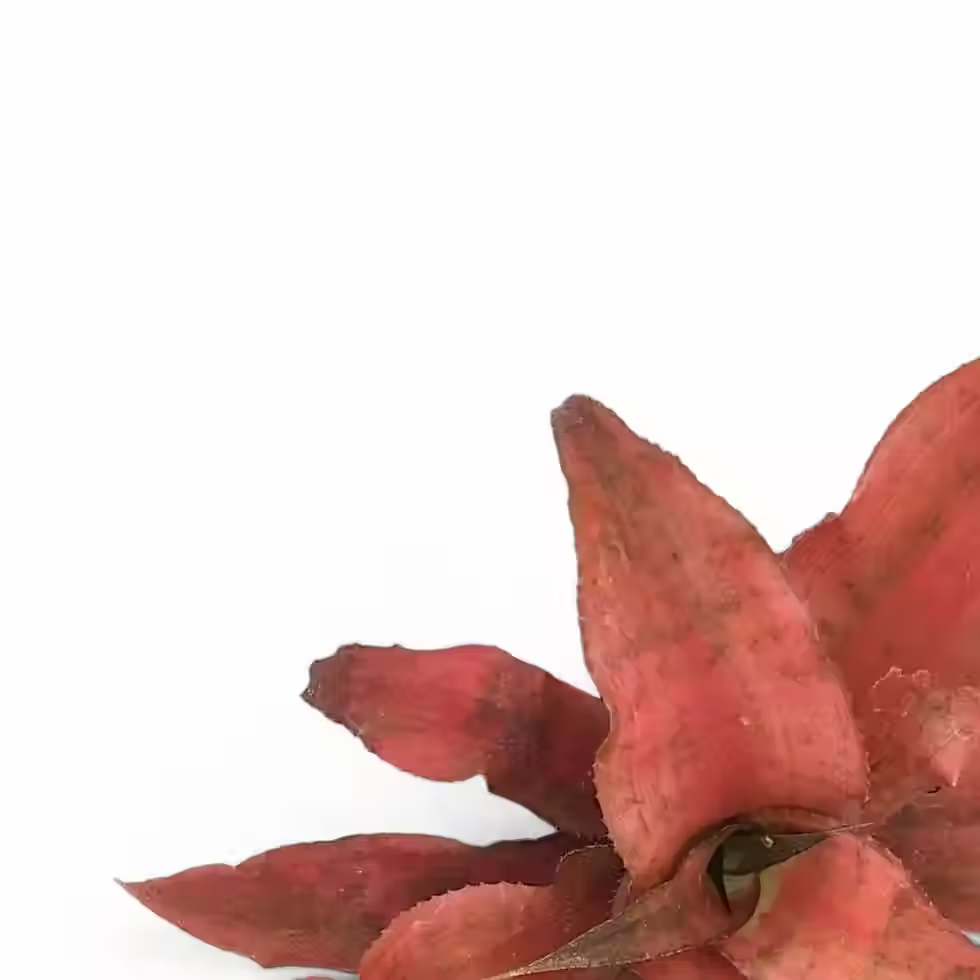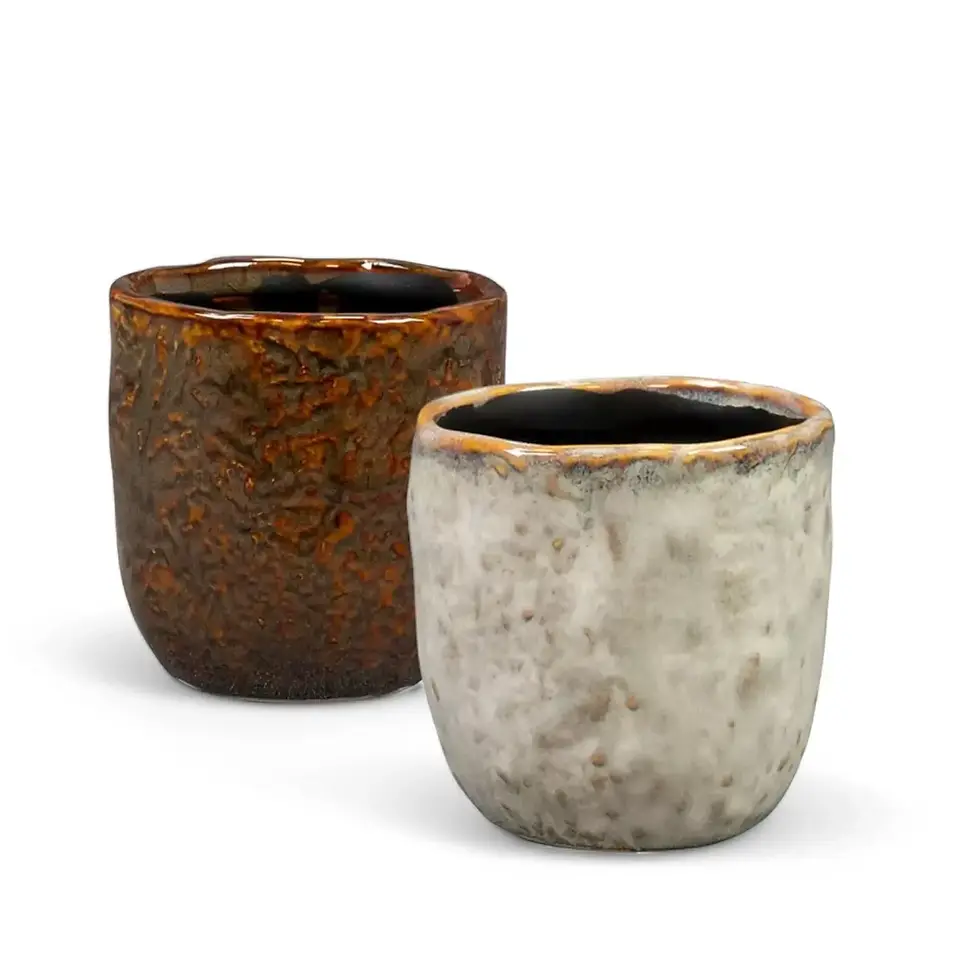Cycas revoluta - Care, Growth and Essential Information
Cycas revoluta, often called Japanese Sagopalmfarn, is an ancient beauty that brings a timeless, sculptural elegance to any indoor space. Despite its palm-like appearance, this plant is actually a cycad—one of the oldest plant groups on Earth, dating back over 200 million years. With its deep green, feathery fronds and slow-growing nature, it’s a long-term companion for plant lovers who appreciate patience and resilience.
Unlike fast-growing tropical houseplants, Cycas revoluta follows a distinct growth cycle, producing new fronds all at once in a dramatic flush before settling into dormancy. This makes it a fascinating plant to observe as it gradually develops its thick, woody trunk and symmetrical crown.
Why Choose Cycas revoluta?
- Architectural foliage: The stiff, arching fronds create a striking, tropical aesthetic.
- Long-lived and slow-growing: Can thrive for decades with proper care.
- Highly drought-tolerant: Stores water in its trunk, making it resilient to missed waterings.
- Hardy and low-maintenance: Adaptable to various conditions as long as drainage is excellent.
- Perfect for modern interiors: A sculptural, structural plant ideal for minimalistic spaces.
Natural Habitat and Growth Habit of Cycas revoluta
Native to southern Japan, particularly Kyushu and the Ryukyu Islands, Cycas revoluta thrives in warm, humid coastal environments with well-draining, sandy soils. In its natural habitat, it experiences temperatures between 15°C and 30°C, seasonal rainfall, and dry periods that prevent excessive moisture retention.
- Indoor Size: Typically grows to around 1.5 meters indoors but remains compact in a pot.
- Growth Rate: Extremely slow, producing only one flush of new fronds per year.
- Growth Habit: Upright and symmetrical, with new leaves emerging in a circular crown.
- ⚠️ Toxicity Alert: All parts of Cycas revoluta, especially the seeds, are highly toxic to pets and humans. Keep out of reach of children and animals.
How to Care for Cycas revoluta
→ Placement
- Choose a bright, indirect light location.
- Some direct morning or late afternoon sun is beneficial, but avoid harsh midday sun.
→ Light
- Requires bright, indirect light for optimal growth.
- Too little light results in weak, sparse frond production.
→ Watering
- Allow the top 50% of the soil to dry out between waterings.
- Overwatering is the biggest risk—root rot can be fatal.
- Reduce watering in winter when growth slows.
→ Humidity
- Tolerates normal household humidity but prefers slightly higher levels.
- If air is very dry, occasional misting on the surrounding air (not the plant) can help.
→ Temperature
- Thrives in temperatures between 18-30°C.
- Protect from temperatures below 10°C, as it is not frost-tolerant.
- Sudden cold drafts can cause leaf damage.
→ Soil
- Requires a well-draining, sandy mix.
- Best soil blends include potting soil mixed with coarse sand, perlite, and orchid bark.
→ Repotting and Pot Choice
- Repot every 3-5 years due to its slow growth.
- Use a deep, well-draining pot—terra cotta is ideal for moisture control.
→ Fertilizing
- Apply a balanced liquid fertilizer once a month in spring and summer.
- Avoid overfeeding, as excess nutrients can cause salt buildup and brown leaf tips.
→ Propagation
- Best propagated by removing offsets (pups) from the base of the trunk.
- Allow pups to dry for a few days before planting in well-draining soil.
- Seed propagation is possible but extremely slow, taking months to germinate.
→ Pruning
- Trim only dead or yellowing fronds.
- Never cut healthy leaves, as they store energy for the plant.
Common Issues and Solutions for Cycas revoluta
- Yellowing Leaves: Often caused by overwatering. Let the soil dry fully before watering again.
- Brown Leaf Tips: Can result from low humidity, salt buildup from fertilizer, or inconsistent watering.
- Pests: Susceptible to scale insects, mealybugs, and spider mites. Treat with neem oil or insecticidal soap.
- Root Rot: A critical issue caused by excess moisture. Always use a well-draining soil mix.
- Crown Rot: Can develop if water sits in the central crown. Always water at the base and ensure good airflow.
- No New Fronds for a Long Period: If no growth occurs for over a year, ensure the plant receives enough light, warmth, and consistent watering during active seasons.
Additional Considerations for Cycas revoluta
- Grows extremely slowly—expect only 1-2 new flushes of fronds per year.
- Prefers stability—avoid moving it frequently.
- New frond care—when new leaves emerge, avoid touching them until they harden.
- Thrives with occasional drought but struggles with excessive care—less is more.
Etymology and Botanical History
- Genus Name (Cycas): Derived from the Greek word kykas, referencing ancient palm-like plants.
- Species Name (revoluta): Means "rolled back" in Latin, describing the curled leaf margins.
- First Described: Carl Peter Thunberg officially classified Cycas revoluta in 1782.
Frequently Asked Questions about Cycas revoluta
- Why is my Cycas revoluta not growing? It has an extremely slow growth rate. Ensure it gets bright light, warmth, and proper watering.
- Can I cut the trunk to make my plant shorter? No, it cannot regenerate from a cut trunk. Only remove dead or damaged fronds.
- How long does it take for new fronds to appear? New fronds emerge once or twice a year in a single flush.
Order Your Cycas revoluta Today!
Add a living fossil to your indoor collection. Order now while stocks last!
Cycas revoluta
Cycas revoluta comes in following sizes:
S – is approximately 40 cm tall and comes in a ⌀ 12 cm pot.
M – is approximately 50 cm tall and comes in a ⌀ 14 cm pot.
L – is approximately 60 cm tall and comes in a ⌀ 17 cm pot.
XL – is approximately 90 cm tall and comes in a ⌀ 21 cm pot.
XXL – is approximately 110 cm tall and comes in a ⌀ 24 cm pot.

























































